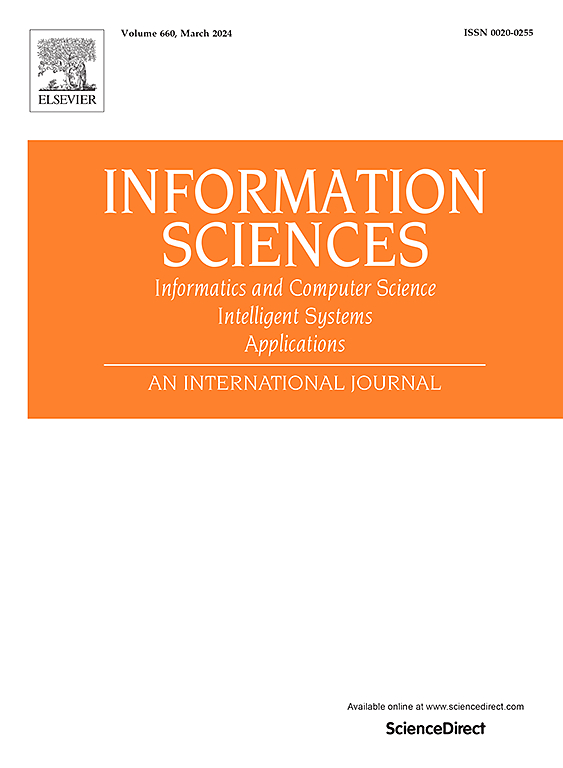提示:连续学习中训练权值区间区域的超网络方法
IF 8.1
1区 计算机科学
0 COMPUTER SCIENCE, INFORMATION SYSTEMS
引用次数: 0
摘要
近年来,人们提出了一种新的控制灾难性遗忘的持续学习(CL)范式,即区间持续学习(InterContiNet),它依赖于对神经网络参数空间施加区间约束。不幸的是,由于权重空间的高维性,使得间隔难以管理,因此洲际训练具有挑战性。为了解决这个问题,我们引入了HINT,这是一种在嵌入空间中使用区间算法并利用超网络将这些区间映射到目标网络的参数空间的技术。我们对连续任务训练区间嵌入,并训练一个超网络将这些嵌入转化为目标网络的权值。给定任务的嵌入与超网络一起训练,保留了目标网络对先前任务嵌入的响应。区间算法在低维嵌入空间中工作,而不是直接在高维权重空间中准备区间。此外,HINT保持了不遗忘的保证。在训练结束时,我们可以选择一个通用嵌入来生成一个专用于所有任务的单一网络。在这样的框架中,我们可以使用一组权重。HINT获得的结果明显好于InterContiNet,并且在几个基准测试中给出了SOTA结果。本文章由计算机程序翻译,如有差异,请以英文原文为准。
HINT: Hypernetwork approach to training weight interval regions in continual learning
Recently, a new Continual Learning (CL) paradigm was presented to control catastrophic forgetting, called Interval Continual Learning (InterContiNet), which relies on enforcing interval constraints on the neural network parameter space. Unfortunately, InterContiNet training is challenging due to the high dimensionality of the weight space, making intervals difficult to manage. To address this issue, we introduce HINT, a technique that employs interval arithmetic within the embedding space and utilizes a hypernetwork to map these intervals to the parameter space of the target network. We train interval embeddings for consecutive tasks and train a hypernetwork to transform these embeddings into weights of the target network. An embedding for a given task is trained along with the hypernetwork, preserving the response of the target network for the previous task embeddings. Interval arithmetic works with lower-dimensional embedding space rather than directly preparing intervals in a high-dimensional weight space. Furthermore, HINT maintains the guarantee of not forgetting. At the end of the training, we can choose one universal embedding to produce a single network dedicated to all tasks. In such a framework, we can utilize one set of weights. HINT obtains significantly better results than InterContiNet and gives SOTA results on several benchmarks.
求助全文
通过发布文献求助,成功后即可免费获取论文全文。
去求助
来源期刊

Information Sciences
工程技术-计算机:信息系统
CiteScore
14.00
自引率
17.30%
发文量
1322
审稿时长
10.4 months
期刊介绍:
Informatics and Computer Science Intelligent Systems Applications is an esteemed international journal that focuses on publishing original and creative research findings in the field of information sciences. We also feature a limited number of timely tutorial and surveying contributions.
Our journal aims to cater to a diverse audience, including researchers, developers, managers, strategic planners, graduate students, and anyone interested in staying up-to-date with cutting-edge research in information science, knowledge engineering, and intelligent systems. While readers are expected to share a common interest in information science, they come from varying backgrounds such as engineering, mathematics, statistics, physics, computer science, cell biology, molecular biology, management science, cognitive science, neurobiology, behavioral sciences, and biochemistry.
 求助内容:
求助内容: 应助结果提醒方式:
应助结果提醒方式:


